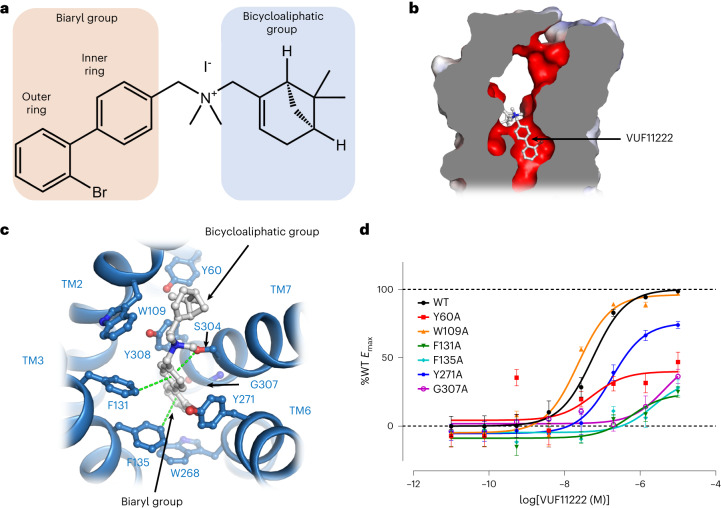Fig. 4. Interactions between CXCR3 and biaryl-type agonist VUF11222.
a, The chemical structure of VUF11222. b, A general view of the VUF11222 binding site in CXCR3. VUF11222 and CXCR3 are shown as a stick model (colored gray) and surface model (colored by electronic potential), respectively. c, Interactions between VUF11222 (gray) and CXCR3 (blue). VUF11222 and the residues involved in interactions are shown with sticks. Green dashes indicate interactions. d, cAMP responses of CXCR3 mutants to VUF11222. cAMP responses are normalized to the percentage agonist activity of wild-type CXCR3. The data represent means ± s.e.m. (n = 4 independent experiments). The expression level of CXCR3 mutants is shown in Extended Data Fig. 4b and the corresponding EC50 is shown in Extended Data Table 1.

